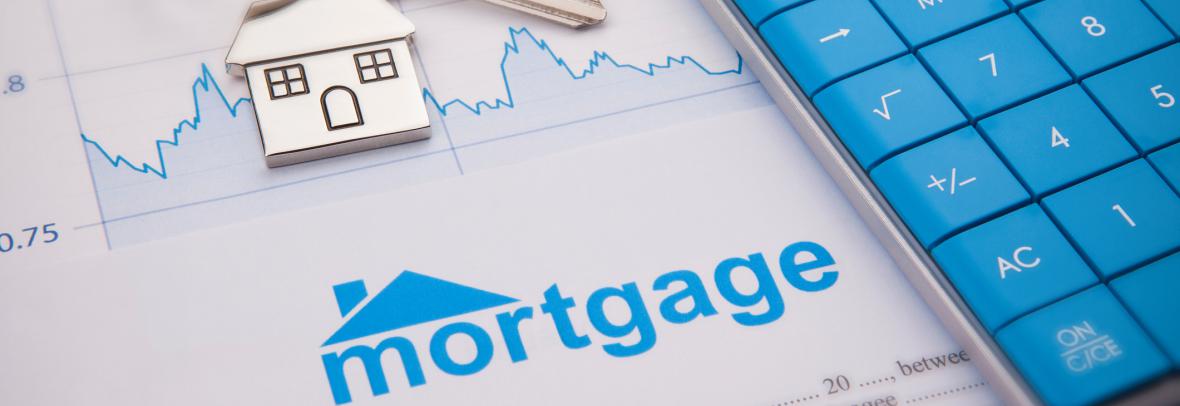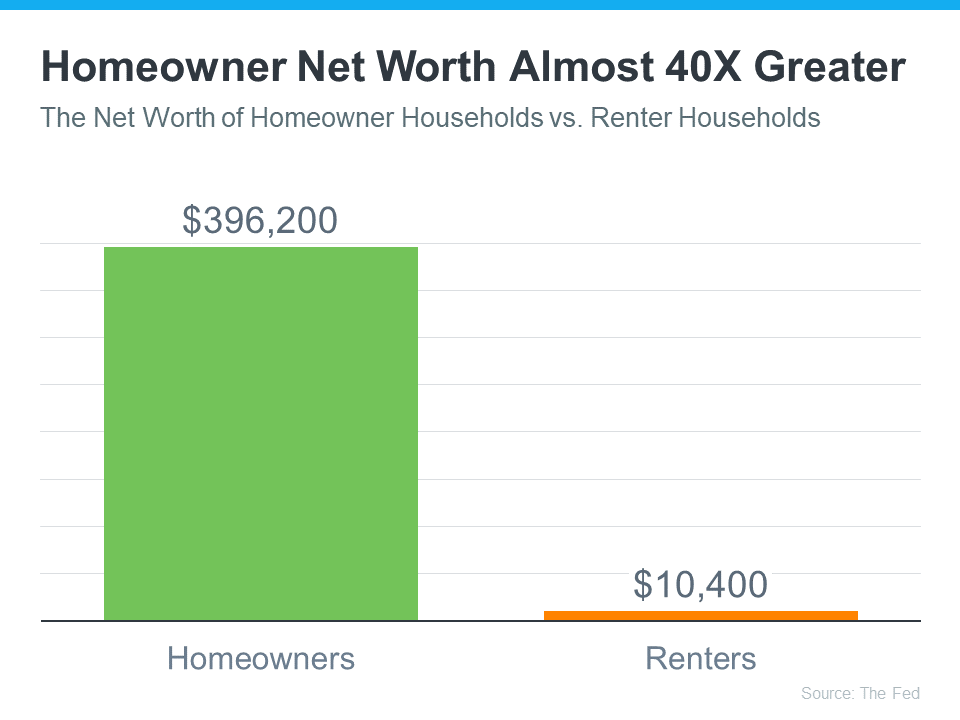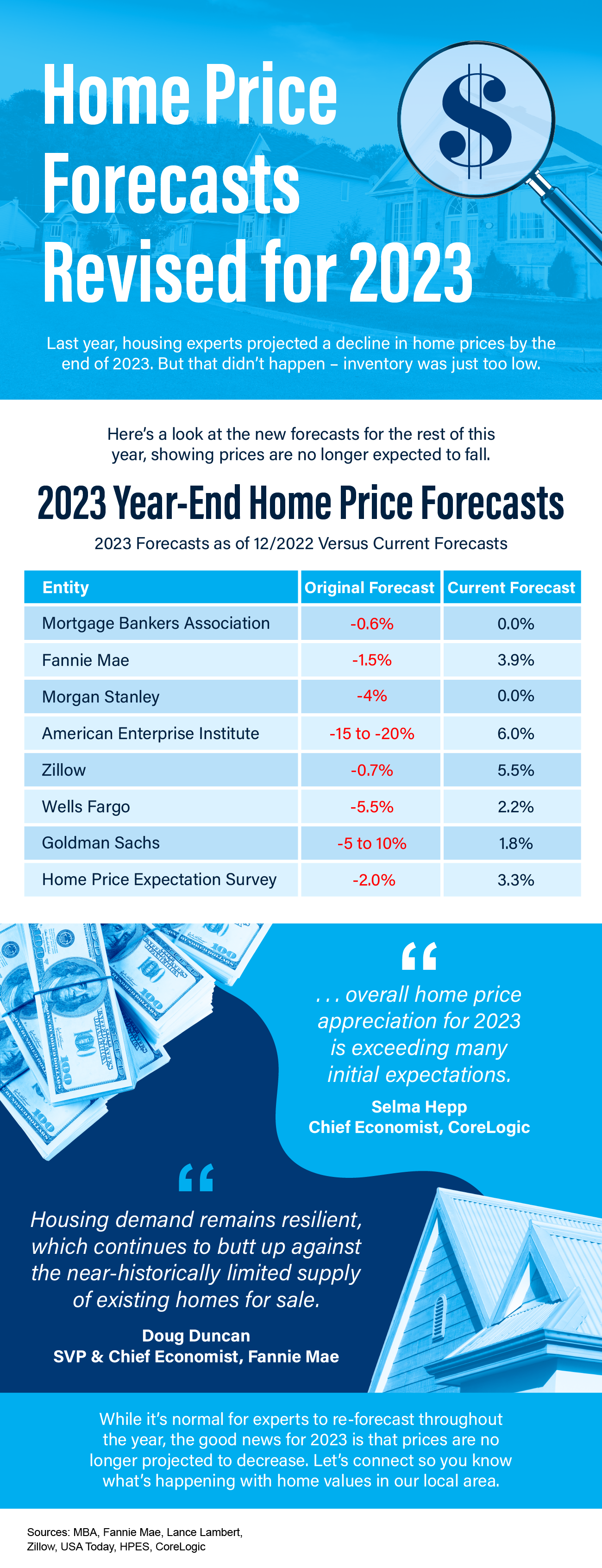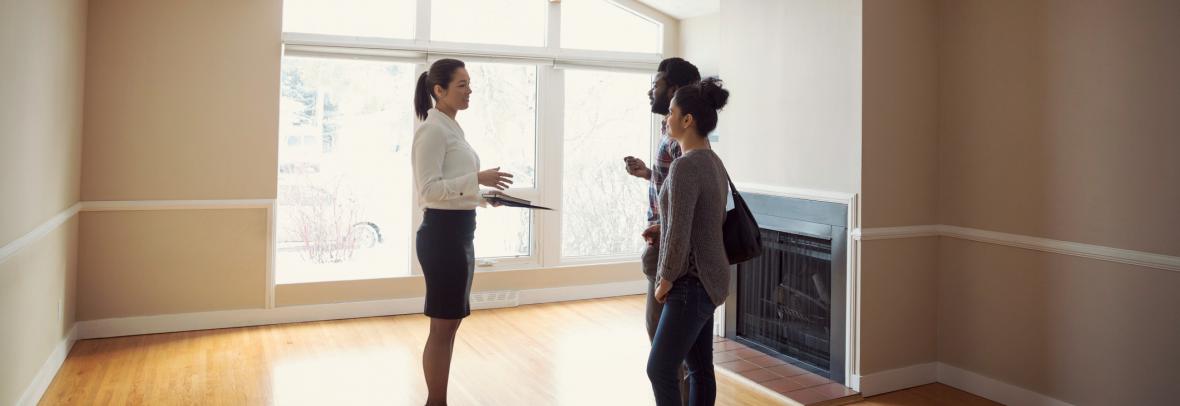
courtneyk, iStock, Getty Images
MARCH 18, 2024
In Florida and nationwide, the housing supply is rebounding as sellers get used to elevated mortgage rates and the lock-in effect eases, Redfin found.
MIAMI – Active listings, or the total supply of homes for sale, in Cape Coral, North Port and Fort Lauderdale saw the biggest jump in the nation in February, the real estate brokerage firm Redfin reported. Nationwide, active listings climbed 0.8% from a month earlier on a seasonally adjusted basis and were little changed (-0.1%) from a year earlier — the smallest annual decline in months.
Nationally, new listings jumped 3.8% month over month on a seasonally adjusted basis in February to the highest level since September 2022. They were up 14.8% year over year, the largest annual gain since May 2021. In Florida, condo listings were the driving force contributing to the jump in supply amid a surge in HOA and insurance fees.
“The housing market is nothing like it was two years ago during the pandemic homebuying frenzy, but it’s better than it was last year. It’s coming back,” said David Palmer, a Redfin agent in Seattle. “Sellers who were on the fence in 2023 are now listing. They’re more used to elevated rates now. There still aren’t enough listings to quench pent-up buyer demand, but it’s getting better.”
Nationwide, housing supply is on the rise because the “lock-in effect” is easing; eventually, homeowners who have been holding on to their ultra-low mortgage rates simply have to move.
“February was a mixed bag for the housing market and the economy,” said Redfin Economics Research Lead Chen Zhao. “Housing supply is finally starting to recover in a meaningful way, which is great news for buyers who for months have been competing for a tiny pool of homes for sale. Still, many house hunters are hesitant to pull the trigger because mortgage rates and home prices remain elevated.”
Mortgage-purchase applications slid in February as mortgage rates ticked back up after dropping in December. The average 30-year-fixed mortgage rate was 6.78% in February up from 6.64% in January.
At the same time, prices continue to rise because, despite the recent uptick in listings, there’s still not enough supply to meet demand, Redfin said. Both new listings and active listings remained far below pre-pandemic levels in February.
“If you price your home reasonably, buyers will show up. If you don’t, buyers will wait for you to drop the price,” Palmer said. “I recently listed an estate sale fixer upper for $550,000 and it got 14 offers, sold for $75,000 over the asking price and the buyer waived every contingency.”
© 2024 Florida Realtors®















